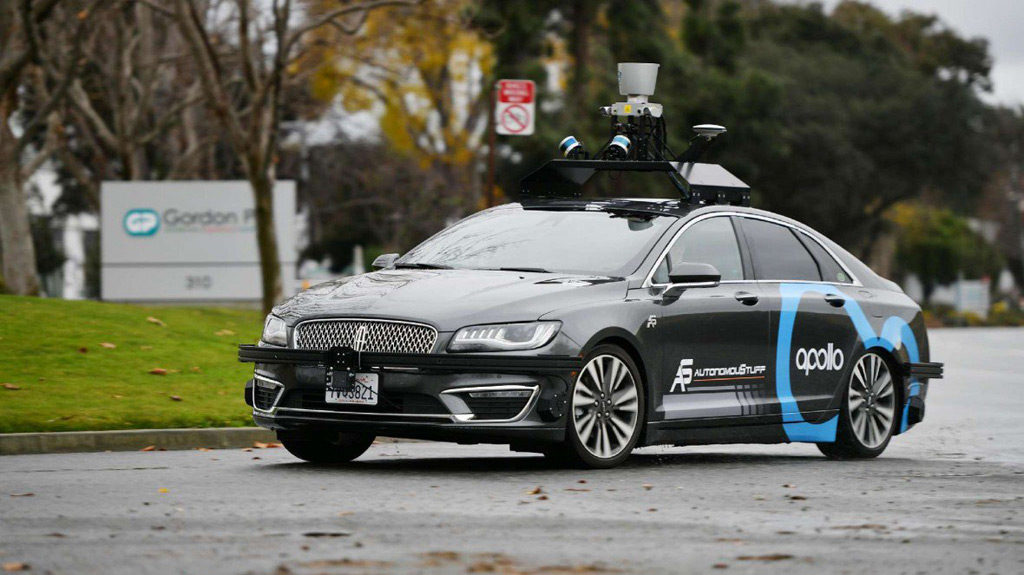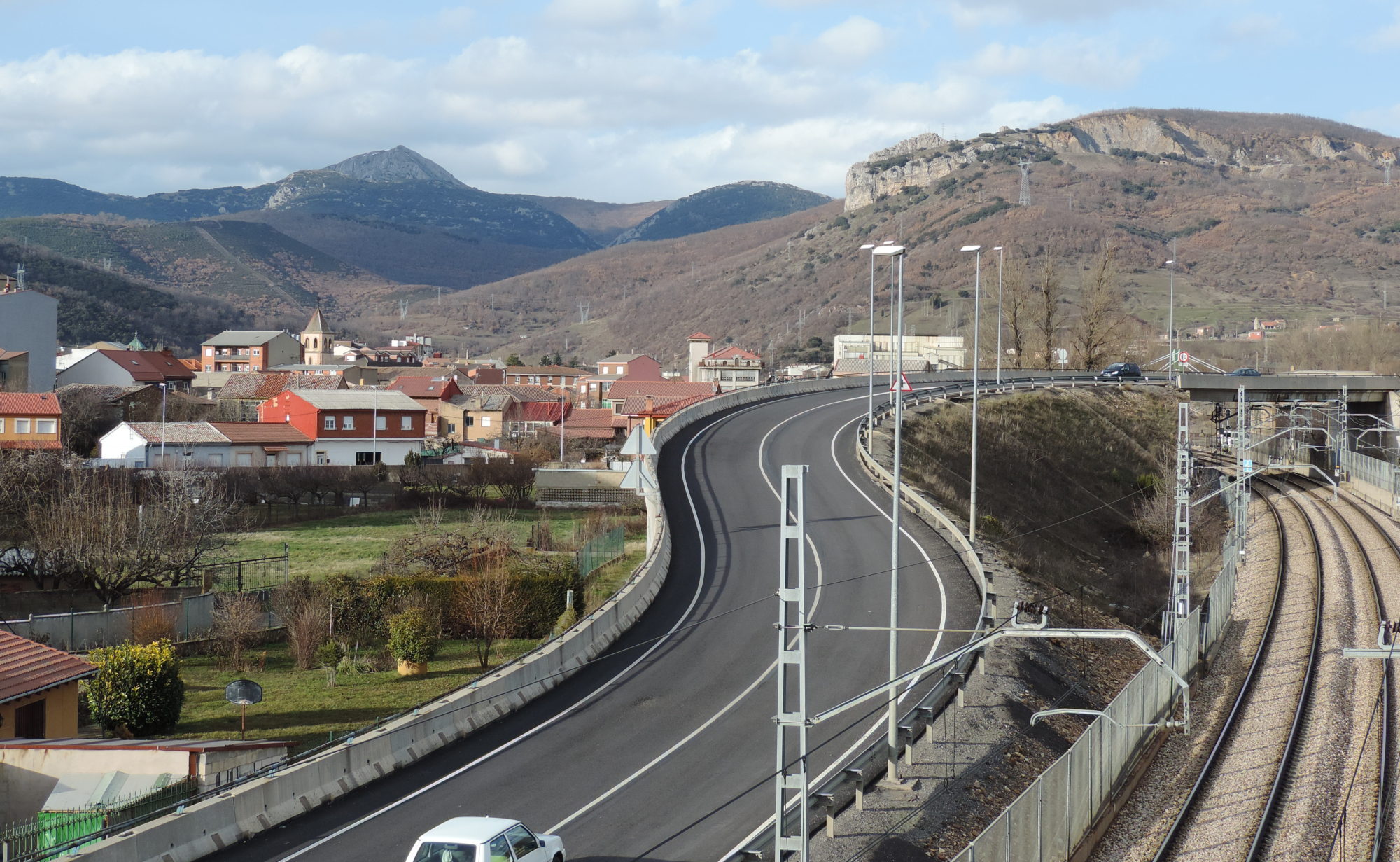
When I type that question into Google, I get articles about the technology used to control a self-driving vehicle. This includes lidar, radar, and camera systems, GPS accurate to 30cm (1 ft), and custom-built software running on sophisticated computers. I also get back tables demonstrating the different levels of autonomy, or ability to self-drive. There are also a few charts showing how the information received from the sensors is utilized. That data is used to provide situational awareness to avoid obstacles and choose the correct path to the destination. A few of the articles cover more than just technology, but they veer towards the topic of ethics and morals and how a self-driving car actually decides on how many people to kill or not kill.
That’s all well and good, but there’s something missing. When we talk about human drivers, what kind of language do we use? We see someone speeding past us and say that they are in a hurry. When someone follows us too closely, we accuse them of being aggressive drivers. When there is someone driving slowly in the fast lane we think about the often mentioned stereotypes about old drivers, women drivers, or possibly old women drivers. How about drivers who keep weaving into our lane? They’re distracted drivers, drunk drivers, or sometimes they are Chinese/Indian/*insert ethnicity here* drivers, depending on the stereotypes you may hold to be true.
What Kind of Driver Would a Computer Be if it were a Person?
With this in mind, what kind of driver would a computer be? Consider what the computer is doing. It is taking in cues from the environment to paint a picture of its surroundings, in order not to make collisions as well as to follow the path provided by its GPS. On the surface, its actions sound just like what humans do, but let’s reverse the roles here to analyze just how a computer would handle a situation a regular commuting driver might see every day.
For example, we see a sign that our exit off the highway is coming up in a mile. If there is lots of space we will probably move our car into the correct lane as soon as possible. However, in busy traffic there may be a long queue stretching back far from the actual exit. Some people will dutifully wait at the end of the line. Some of us though are quite impatient and will feel like trying to cut into the line as close to the exit as possible. Out of those less patient people, some of them might be quite aggressive and squeeze their cars into any open space, while others might signal and wait for someone to let them in, even if they hold back a lane full of cars.
I Wonder What It’s Thinking About
Whatever your thoughts on the above situation, realize that this is an everyday part of driving. Making decisions, weighing your options, assessing the environment, and so forth. Computers can do that too, but how exactly do their thought processes work?
- When will an automated vehicle start preparing itself to take an exit off the highway?
- Will that change based on the level of traffic? Or is there a hardcoded value?
- What if the queue is so long that it overshoots the end of the line and must merge somehow?
- Will the computer be aggressive in its quest to make the exit, shoving its nose into the line? Or will it be very passive and hope someone will let it in out of the goodness of their hearts, even though the computer has no heart and hence no moral compunctions to guide it?
- Is it willing to stop an entire lane of traffic in order to merge? If it is willing, does it know if the car behind it is following way too closely and that stopping abruptly could cause a crash?
I have no idea if any of these questions have been addressed by companies working on automated vehicles. These few questions about this single situation make me wonder if there is any thought about how a driver-less vehicle actually drives. I’m sure there has been some thought, but has any thought gone into how self-driving cars would be perceived by other (human) drivers?
Driving Hardware and Software
Imagine ourselves as fleshy computers driving our own vehicles. Our hardware is a bio-computer sending electrical signals to meat sticks that turn steering wheels and jam clothed flesh into pedals. However, the computer of an automated vehicle that is integrated directly to the machinery of the vehicle can provide control at a level beyond all but the most experienced of us flesh bots.
Our software, however, varies greatly. This is where experience and use of knowledge comes into play. We can easily change and adjust how we drive on the fly, and not just in reaction to outside stimuli. In other words, we can decide on how we want to drive. Computers have to follow their programming, and if a programmer decides that the computer must be a “defensive” driver, then the passenger might wonder why it is taking forever to merge into a lane full of very closely spaced drivers who refuse to give an inch to anyone.
This brings up another bunch of questions:
- Can owners of self-driving vehicles alter or adjust their programming?
- Can we click a switch to make the car more or less aggressive?
- Could we decide how much space the car should leave in between it and the car ahead?
- Could I tell my car to go 30km/h over the speed limit, but only on the highway?
My guess for all those questions would be a resounding “No”, because some higher power will decided that a bunch of automated cars should be interconnected with each other to create optimal flow, leaving driving (and choice) out of the hands of their silly human owners.
People Drive Cars
The self-driving car is a reactionary driver, best suited for the open road. Well-built rural roads and highways through rural areas seem to be the best environment for self-driving cars, at least for the foreseeable future. Its reaction time and decision-making speed may outstrip the average driver, but its ability to make decisions is limited to what it senses. It could perform defensive driving maneuvers based on snap decisions, but it cannot ascertain intentions. People can make judgments (even bad ones) and imagine various situations, abilities far beyond our current machines. We might be slaves to our smartphones, but at the moment we are not slaves to the decision-making powers of our cars.
People drive cars. They have been ever since the first car rolled out onto the streets. Even when rules and regulations appeared to dictate how fast we should drive and what colour traffic light we should stop at, we people still remain the main driving force behind the multi-ton conglomerations of steel and plastic that zoom (or crawl) by us every day.
People drive cars. Even the ones that drive themselves. After all, people designed the hardware and software used to navigate and propel the vehicle, and those are subject to all the assumptions that their very human designers have about driving. But even when cars can drive themselves in all conditions, it will be people that go on journeys.
